Market Analysis
In-depth Analysis of China Modular Construction Market Industry Landscape
The China Modular Construction Market is undergoing transformative changes fueled by a convergence of factors, including rapid urbanization, cost efficiencies, and advancements in construction technology. Modular construction, characterized by the assembly of prefabricated building components off-site, is gaining significant traction in China as the government and construction industry seek innovative solutions to address housing demands and infrastructure development. One key driver shaping the market dynamics is the urgency to meet the growing need for affordable and sustainable housing. China's booming population and urban migration have spurred a demand for rapid and cost-effective construction methods, making modular construction an attractive option for developers and policymakers alike.
Technological advancements are playing a pivotal role in shaping the market dynamics of modular construction in China. The integration of Building Information Modeling (BIM), advanced manufacturing processes, and digital design tools has enhanced the precision and efficiency of modular construction projects. This technology-driven approach allows for the seamless coordination of components, reduces waste, and accelerates the construction timeline. As the industry continues to adopt and refine these technologies, modular construction is becoming synonymous with speed, precision, and sustainability, influencing market dynamics.
The competitive landscape is a significant factor influencing market dynamics, with various players in the construction industry investing in modular construction capabilities. Traditional construction companies are diversifying into modular construction to tap into the growing market. Collaboration and partnerships between modular construction firms, developers, and government bodies contribute to the overall competitiveness of the market. The ability to offer turnkey solutions, design flexibility, and adherence to quality standards becomes a crucial competitive advantage in the evolving modular construction landscape.
Regulatory influences are also shaping the market dynamics of modular construction in China. Government initiatives to promote sustainable and energy-efficient construction methods, coupled with policies encouraging the use of prefabricated components, provide a supportive regulatory environment. Standardization and certification processes are becoming essential for modular construction companies to ensure compliance with building codes and quality standards. As regulations evolve to accommodate and promote modular construction, the market dynamics are influenced by the industry's ability to navigate and adapt to these regulatory frameworks.
Moreover, economic conditions and cost considerations play a significant role in market dynamics. The cost-effectiveness of modular construction, driven by reduced labor expenses, shorter construction timelines, and minimized material waste, is a compelling factor for developers and investors. Economic factors influencing construction activity, such as infrastructure projects and real estate development, impact the overall demand for modular construction solutions in China.
Consumer preferences within the construction industry contribute to the market dynamics of modular construction. Developers and contractors are increasingly recognizing the benefits of modular construction in terms of speed to market, quality control, and sustainability. As awareness grows, there is a shift in preferences toward modular solutions, influencing purchasing decisions and driving the market dynamics.
Global trends, such as the rise of sustainable and resilient construction practices, impact the market dynamics of modular construction in China. The push for eco-friendly buildings and infrastructure aligns with the inherent sustainability of modular construction. The ability to minimize environmental impact, reduce energy consumption, and create energy-efficient buildings positions modular construction as a key player in China's commitment to sustainable urban development.


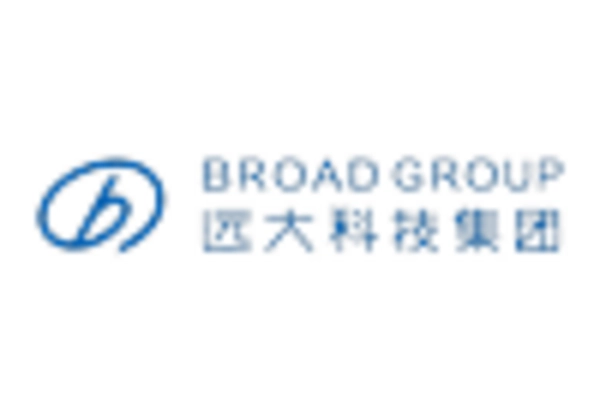
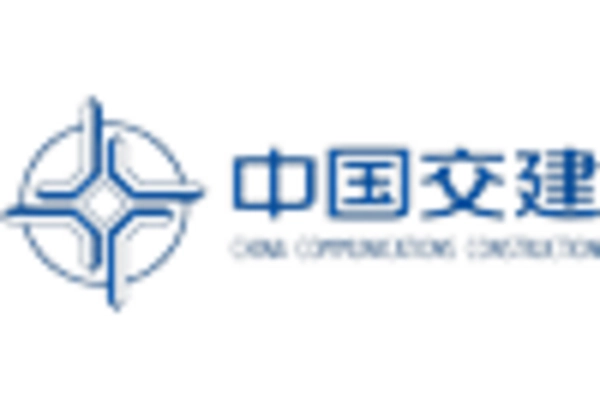
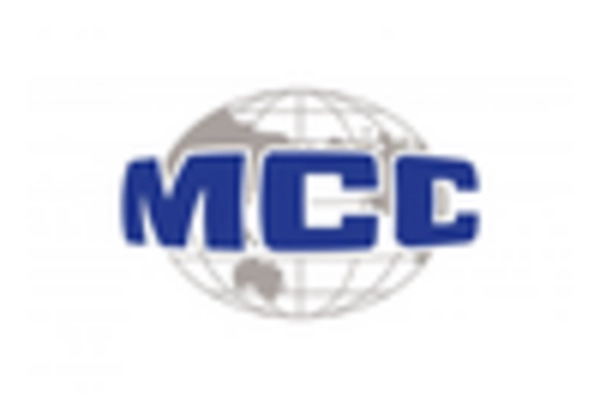
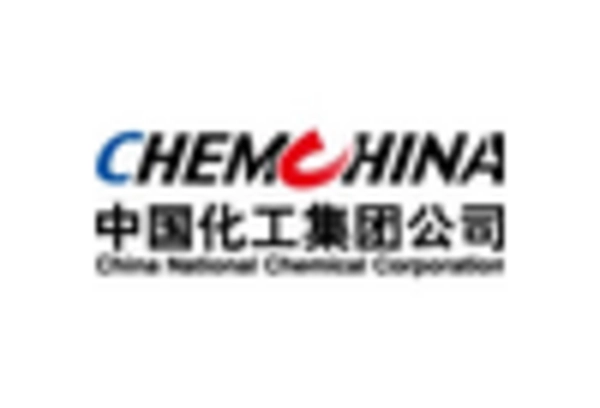

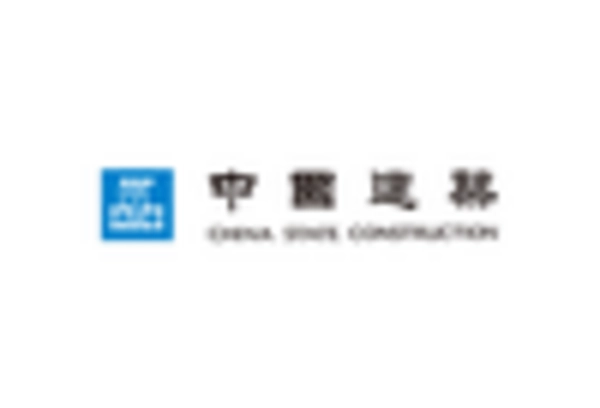

Leave a Comment